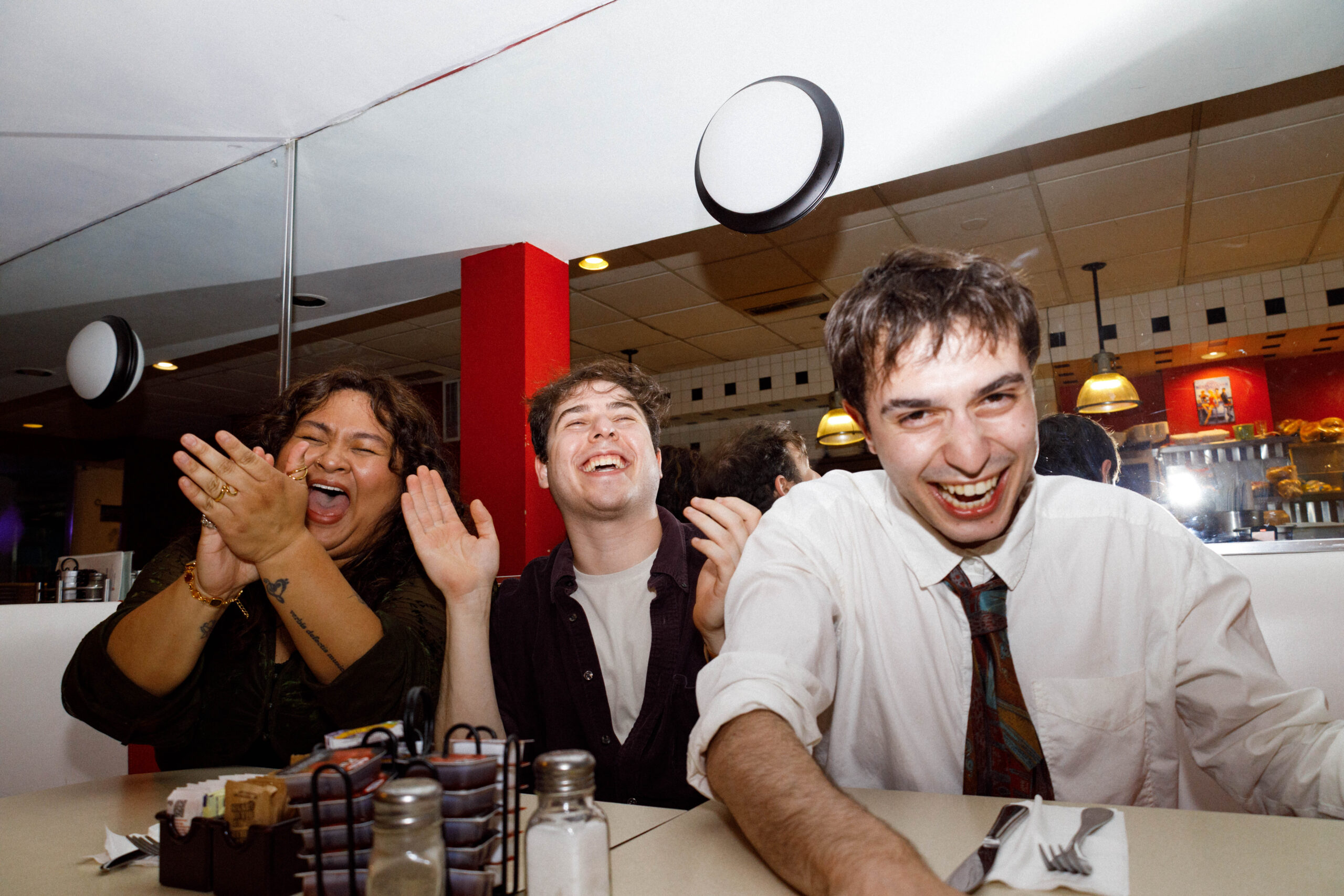McLuhan book shows its relevance even in today’s fractured society.
It’s 1960: The Beatles are blowing minds; tie-dye is considered a legitimate fashion choice; and that new fangled television thing is becoming a big deal.
Into this thrilling chaos an English professor Marshall McLuhan from Canada drops a book that doesn’t just read like a book. It feels like a philosophical psychedelic trip.
The book: The Medium is the Massage. Yes, the massage. It wasn’t a typo.
McLuhan loved the double (or triple!) meaning. A message massages the audience. It kneads people’s minds, works over senses, and shapes perceptions. From the title to the pages, the book will make the reader go, “Huh?” and that’s the entire point of the book.
Get ready to say “wait, what?” or “let me read it again” in the best way possible.
If you’re picturing a dense, text-heavy academic slog, think again. This book is an experience.
It’s a wild collage of images, distorted photographs, giant-font quotes, funky layouts, and playful text that swirls around the page. One page might have a close-up of an eye, next to a list of fragmented phrases, and the next a full-page quote that hits the reader like a punchline.
The design, by Quentin Fiore, is a co-star in this show. The Medium is the Massage is a book that understands its own theory: the medium (in this case, the crazy, visual, non-linear book itself) is the message (the ideas about how media shape perceptions).
McLuhan reflects on what is this “message” that the “medium” is “massaging?” The core idea is deceptively simple: the technology we use to communicate (the medium) is far more important and influential than the actual content we’re communicating.
The form changes the audience more than the information itself.
Think about the difference between reading a book and scrolling through social media.
Books are linear, quiet, and private. It encourages deep, focused, and individual thought. It “massages” the brain to be patient and sequential.
Social media (or in McLuhan analysis of television, its grandparent) is a firehose of information, sensory images and sounds. It “massages” the user’s brain to crave novelty, process information quickly, and think in a more fragmented way.
The “content” (a cat video, a dance trend, etc.) is almost secondary to the way the medium of a short-form video app is rearranging attention spans and sense of the world.
McLuhan’s concept of the “global village” is basically the internet, but decades before it existed. He predicted that electric media would collapse space and time, making the world a smaller, more interconnected, and noisier place. We’re all in this village together now, shouting with each other, sharing memes, and trying to figure out how to get some sanity again.
This book is different and fun, no doubt, but that doesn’t mean it’s easy to digest. It’s deliberately provocative and philosophical.
Some of his ideas feel dated, and his writing style can be more of a poetic riddle than a straightforward explanation. But that’s not a bug, it’s a feature.
The Medium is the Massage isn’t meant to give you answers. It’s meant to shatter your old lenses and hand you a new, kaleidoscopic one.
Be aware: don’t read it in the traditional sense. Play with it. Dip into it. Take time to go over and over. Let the weird layouts and images bounce around in your head. It’s less of a book to be studied and more of a tool kit. It gives you the vocabulary to understand why a tweet feels different from a newspaper column, and why a Zoom call will never truly replace a hug.
The Medium is the Massage is a time capsule that somehow feels more relevant than ever. It’s a fun, funky, and profoundly thrilling trip. And in our hyper-connected, media-saturated world, taking that trip might just be the most important massage your brain will ever get.


